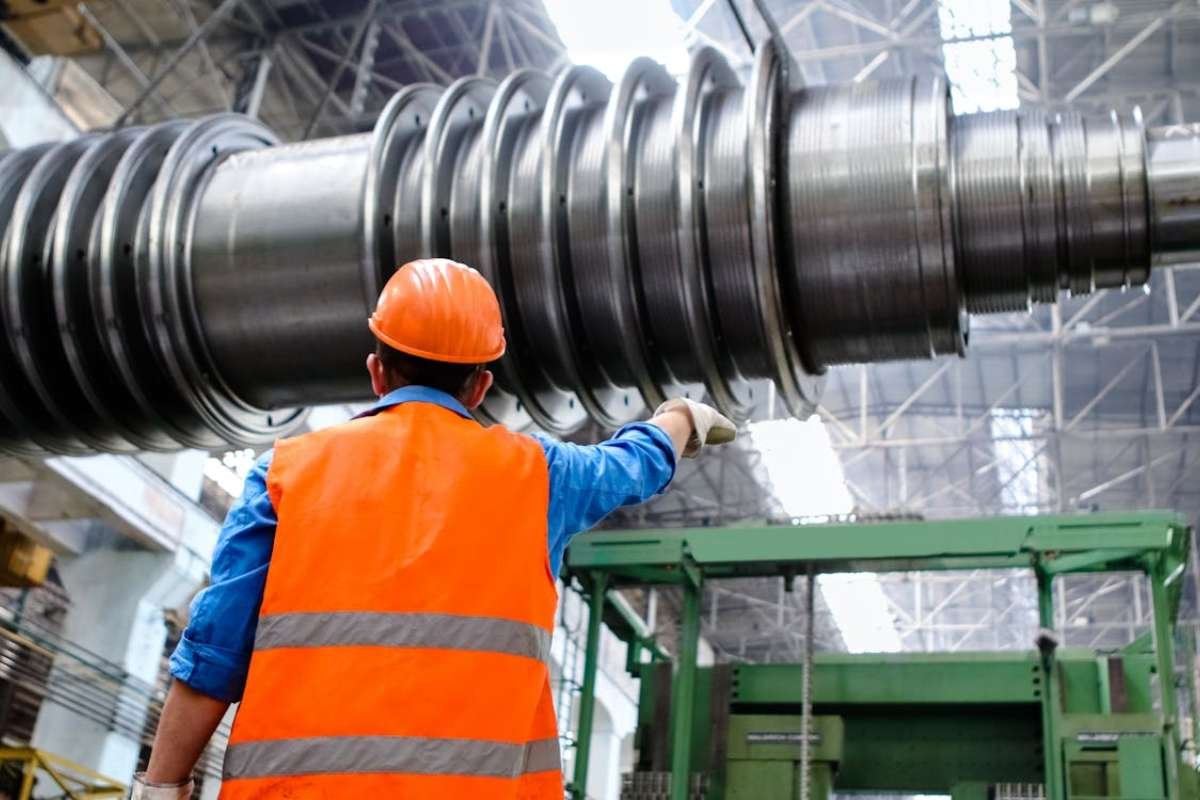Additive Manufacturing, more commonly known as 3D printing, has emerged as a technological marvel that is reshaping the landscape of industries across the globe. This innovative approach to manufacturing allows for the creation of three-dimensional objects layer by layer, offering unprecedented flexibility, efficiency, and design possibilities. As we delve into the depths of additive manufacturing, we explore its origins, the diverse applications across various sectors, and the potential it holds for the future of production.
Origins and Evolution:

The roots of additive manufacturing trace back to the 1980s when the technology first gained prominence for prototyping purposes. Charles Hull, often hailed as the father of 3D printing introduced the world to stereolithography, a process that utilized ultraviolet light to solidify layers of photopolymer resin. Since then, the technology has evolved exponentially, incorporating a myriad of materials and techniques.
Layer by Layer Precision:
At its core, additive manufacturing revolves around the concept of layering. Traditional manufacturing methods often involve subtracting material to achieve the desired shape, such as cutting, molding, or machining. In stark contrast, 3D printing builds objects layer by layer, guided by digital models, offering a level of precision and intricacy previously unattainable.
Applications in Various Industries:
Aerospace: The aerospace industry has been an early adopter of manufacturing. 3D printing enables the production of lightweight and intricate components, reducing the overall weight of aircraft and spacecraft. This not only enhances fuel efficiency but also allows for the creation of complex geometries that traditional methods struggle to achieve.
Medical Field: Additive manufacturing has revolutionized the medical field, offering customized solutions for patient care. From 3D-printed prosthetics tailored to an individual’s anatomy to patient-specific implants, the technology has opened new frontiers in personalized medicine. Bio-printing is another exciting avenue, where researchers explore the possibility of printing functional human organs.
Automotive: The automotive industry has embraced manufacturing for rapid prototyping and the production of lightweight components. Customization is a key advantage, allowing manufacturers to create intricate designs and optimize the performance of vehicles. Additionally, 3D printing facilitates the production of spare parts, reducing inventory costs and waste.
Architecture and Construction: In the realm of architecture, 3D printing has transcended the boundaries of traditional model-making. It enables the construction of complex architectural elements with enhanced precision. The technology also holds promise for building affordable and sustainable housing through the use of advanced construction materials.

Consumer Goods: Additive manufacturing has influenced the consumer goods sector by enabling the creation of customized products. From personalized smartphone cases to unique fashion accessories, 3D printing empowers consumers to participate in the design process, fostering a new era of consumer engagement.
Challenges and Opportunities:
While additive manufacturing has opened up new horizons, it is not without its challenges. Material limitations, production speed, and cost-effectiveness remain areas of focus for further development. As the technology continues to advance, researchers and engineers are actively addressing these challenges, paving the way for broader adoption and integration into mainstream manufacturing processes.
Material Innovation: The range of materials available for 3D printing has expanded significantly, including plastics, metals, ceramics, and even biocompatible substances. Ongoing research aims to develop new materials with enhanced properties, opening doors to applications previously deemed impractical.
Speed and Scalability: One of the challenges in additive manufacturing is the speed of production, especially for large-scale applications. Researchers are exploring ways to enhance printing speed without compromising precision. Advances in automation and more efficient printing technologies contribute to overcoming scalability challenges.
Cost-Efficiency: The initial costs associated with acquiring and implementing 3D printing technology have been a hurdle for some industries. However, as the technology matures and becomes more widespread, economies of scale are expected to drive down costs, making manufacturing a more viable option for various businesses.
Future Outlook: The future of manufacturing is rife with possibilities. As technology continues to evolve, several trends and developments point to a transformative era in manufacturing.
Mass Customization: Additive manufacturing is paving the way for mass customization, where products can be tailored to individual preferences without compromising efficiency. This shift from mass production to personalized manufacturing aligns with the growing demand for unique and customized goods.

Sustainability: The eco-friendly aspects of 3D printing, such as reduced material waste and energy efficiency, position it as a sustainable manufacturing solution. As environmental concerns become increasingly prominent, the sustainability of manufacturing processes will play a crucial role in shaping industry practices.
Advanced Medical Applications: The medical field is likely to witness groundbreaking developments in manufacturing. From the creation of more sophisticated implants to the realization of functional tissue and organ printing, 3D printing holds the potential to revolutionize healthcare and address critical medical challenges.
Collaborative Design: The collaborative nature of additive manufacturing, facilitated by digital models and decentralized production capabilities, fosters global collaboration in design and manufacturing. This interconnected approach can lead to innovations fueled by diverse perspectives and expertise from around the world.
Conclusion:
Additive manufacturing stands at the forefront of a manufacturing revolution, offering a paradigm shift in how we conceptualize, design, and produce objects. Its impact is evident across industries, from aerospace and medicine to consumer goods and construction. As technology continues to mature, addressing challenges and unlocking new possibilities, we are witnessing the dawn of a new era in manufacturing—one where innovation knows no bounds, and the only limit is our imagination.


















